The Keppel fruit, known scientifically as Stelechocarpus burahol, is a rare and unique tropical fruit native to Southeast Asia. Its distinctive appearance, with fruits growing directly on the trunk of the tree, and its aromatic, sweet flavor have made it a subject of interest among botanists and food enthusiasts alike. While the Keppel fruit has found its way into various regions, one country stands out as the largest producer: Indonesia.
Introduction to the Keppel Fruit
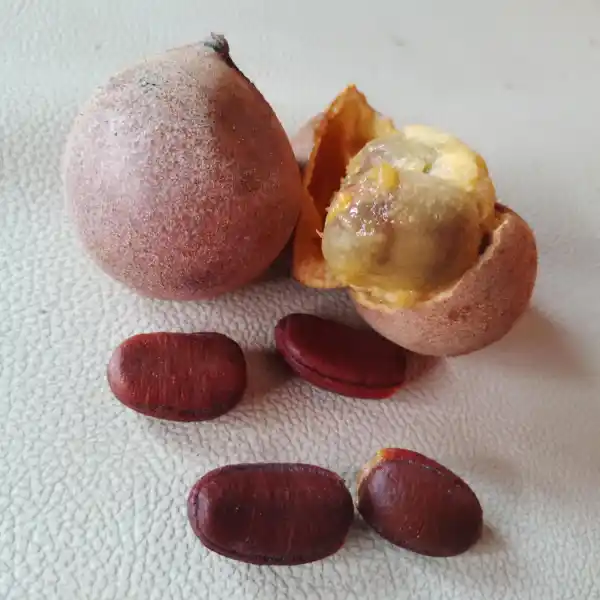
The Keppel fruit belongs to the Annonaceae family and is primarily found in the humid evergreen forests of Southeast Asia. The tree can grow up to 25 meters tall, with fruits that are typically round, brown, and leathery-skinned. Inside, the pulp is sweet and aromatic, often described as a blend of mango and papaya flavors. The fruit is not only appreciated for its taste but also for its cultural significance and medicinal properties in its native regions.
Indonesia: The Heart of Keppel Fruit Production
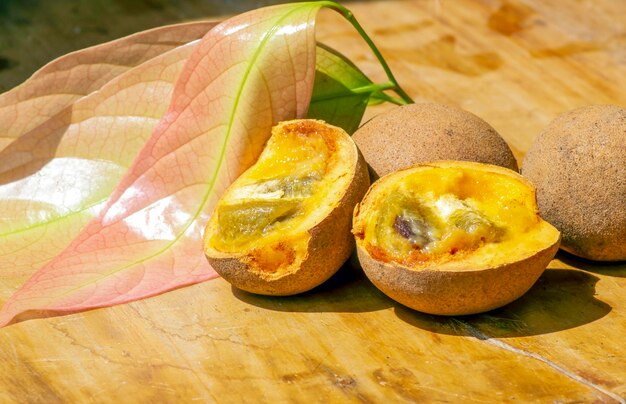
Native Habitat
Indonesia, particularly the island of Java, is the native habitat of the Keppel fruit. The tree thrives in the humid, tropical climate of the region, which provides the ideal conditions for its growth. The forests of Java, with their rich biodiversity and consistent rainfall, offer a perfect environment for the Keppel tree to flourish.
Cultural Significance
In Indonesia, the Keppel fruit holds cultural importance. It is often associated with traditional practices and is used in various local dishes and beverages. The fruit’s unique growth pattern, with fruits emerging directly from the trunk, adds to its mystique and cultural value. Additionally, the Keppel tree is sometimes considered a symbol of fertility and is featured in local folklore.
Economic Impact
While the Keppel fruit is not a major commercial crop, it contributes to the local economy in regions where it is cultivated. Small-scale farmers and indigenous communities harvest the fruit for local consumption and sale in nearby markets. The fruit’s rarity and unique characteristics make it a niche product that attracts both locals and tourists interested in exotic produce.
Other Countries with Keppel Fruit Cultivation
While Indonesia remains the primary producer of Keppel fruit, other countries have also shown interest in cultivating this unique fruit.
Malaysia
Neighboring Malaysia has seen some cultivation of the Keppel fruit, particularly in regions with climates similar to those of Java. However, the scale of production is limited compared to Indonesia, and the fruit is primarily grown for local consumption and research purposes.
Thailand
Thailand, known for its diverse agricultural products, has also experimented with Keppel fruit cultivation. Research institutions and agricultural departments have shown interest in the fruit due to its unique characteristics and potential health benefits. However, like Malaysia, Thailand’s production is minimal and not yet commercially viable.
Philippines
In the Philippines, the Keppel fruit has been introduced in certain regions with suitable climates. While there is some interest in cultivating the fruit, production remains on a small scale, and the fruit is not widely available in markets.
Challenges in Keppel Fruit Production
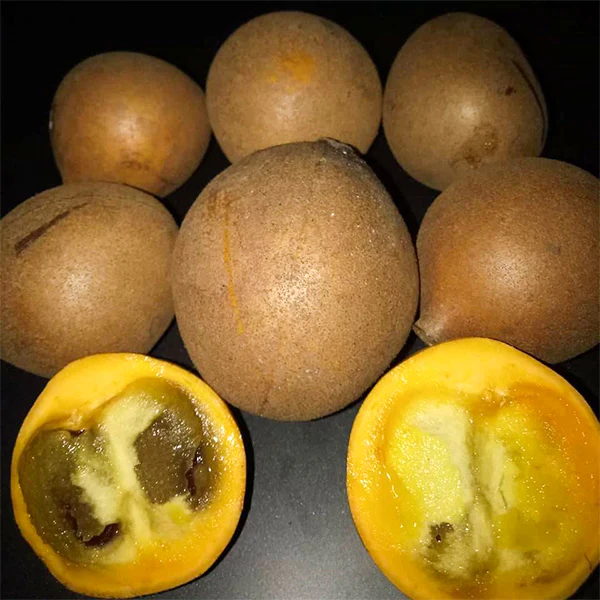
Despite its unique appeal, the cultivation of Keppel fruit faces several challenges:
Limited Geographic Range
The Keppel tree requires specific climatic conditions to thrive, limiting its cultivation to certain regions. The humid, tropical forests of Southeast Asia provide the ideal environment, but such conditions are not prevalent worldwide.
Slow Growth and Low Yield
The Keppel tree has a slow growth rate and may take several years to bear fruit. Additionally, the yield per tree is relatively low, making large-scale commercial production challenging.
Post-Harvest Handling
The fruit’s perishable nature poses challenges in post-harvest handling and transportation. Without proper care, the fruit can spoil quickly, limiting its shelf life and marketability.
The Future of Keppel Fruit Production
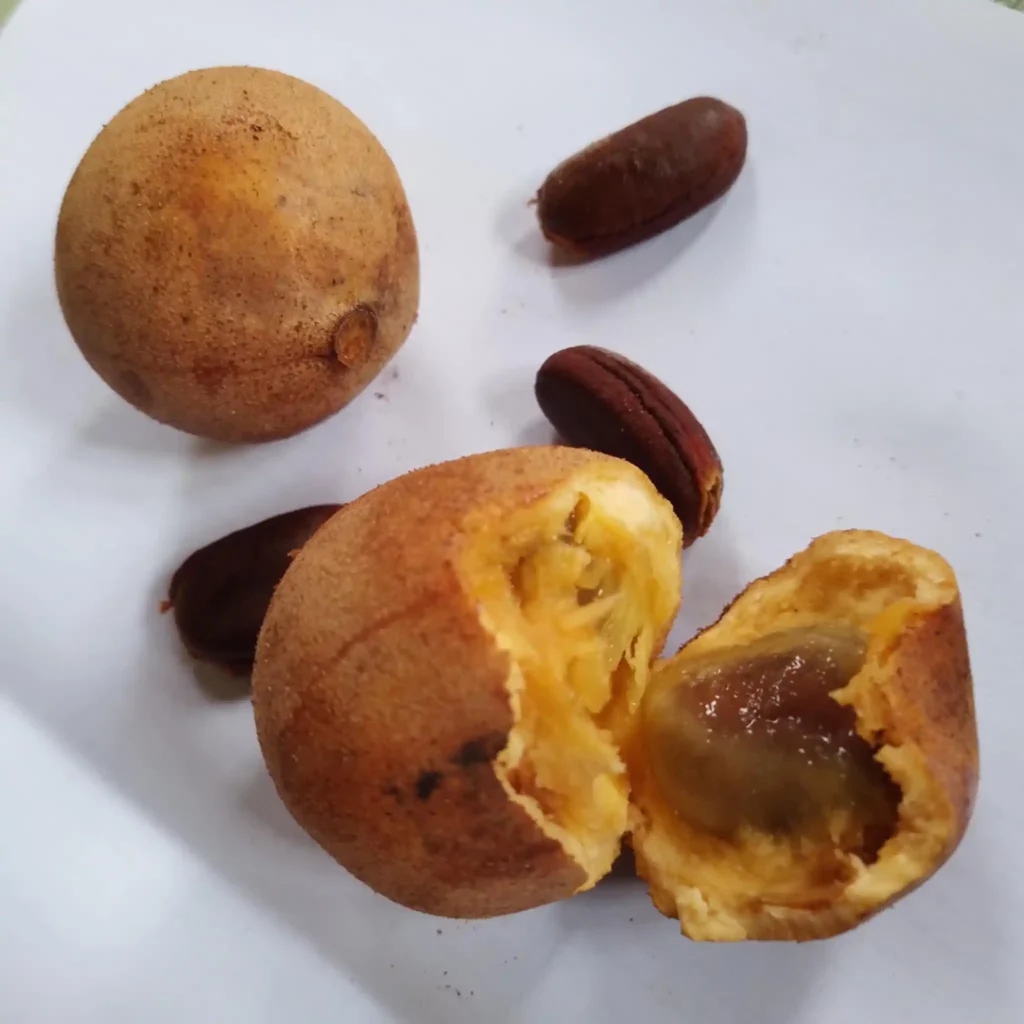
While Indonesia remains the largest producer of Keppel fruit, there is potential for expansion in other regions with suitable climates. Research into improving cultivation techniques, enhancing yield, and developing methods for better post-harvest handling could pave the way for broader production. Additionally, increasing awareness of the fruit’s unique characteristics and potential health benefits may drive demand and encourage more widespread cultivation.
Conclusion
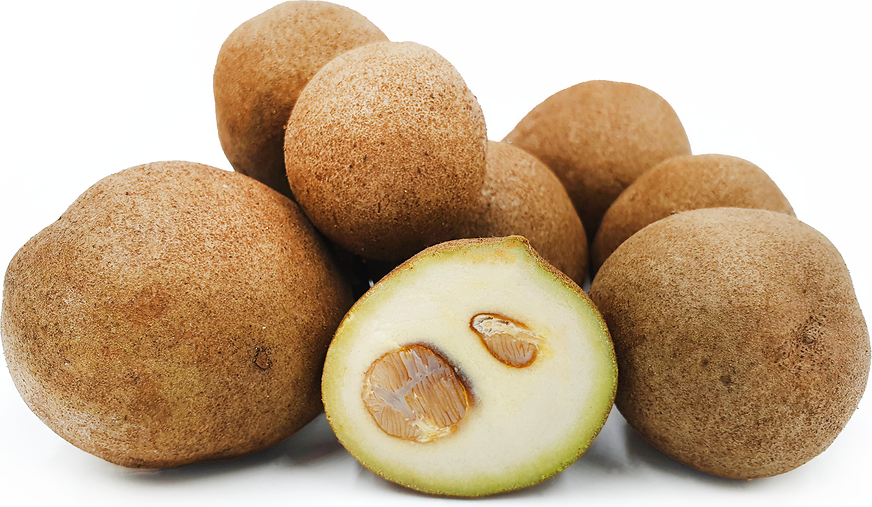
In conclusion, Indonesia stands as the largest and most significant producer of the Keppel fruit. Its native habitat, cultural significance, and established cultivation practices make it the heart of Keppel fruit production. While other countries have shown interest in cultivating this unique fruit, Indonesia’s longstanding tradition and expertise in growing the Keppel fruit ensure its continued dominance in the global market.
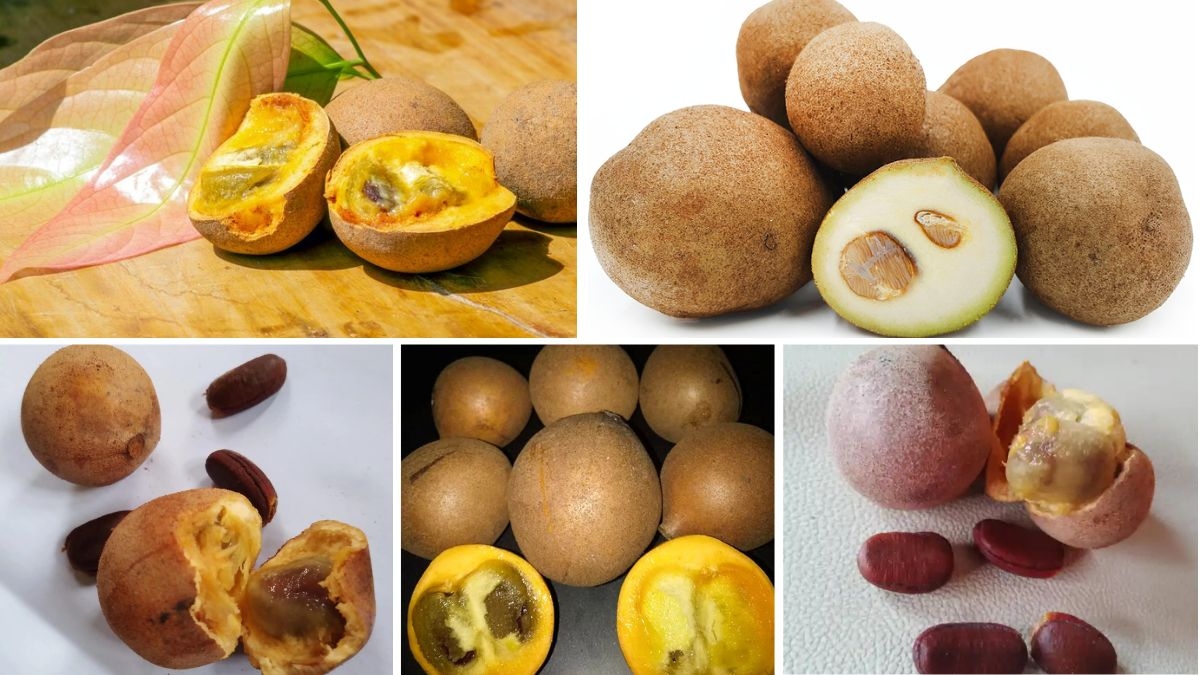



Leave A Comment